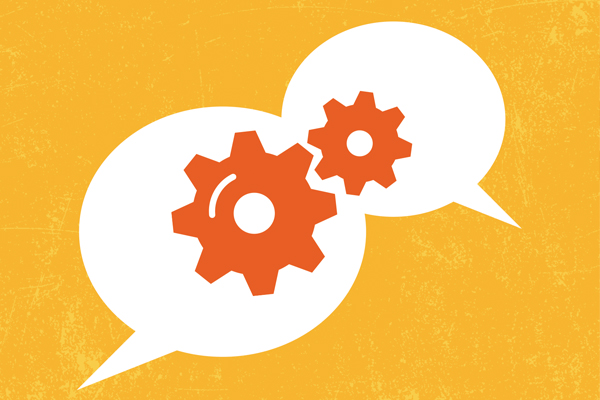Asking children to come up with explanations — even to themselves — enhances their cause-and-effect learning abilities, according to new research by Cristine Legare, associate professor of psychology.
The study, published in the Journal of Experimental Child Psychology, shows that young children who come up with explanations while learning are able to connect new ideas with prior cause-and-effect knowledge. By forming their own generalizations, learners can more efficiently understand novel information, Legare says.
In the study, Legare and her collaborator, Tania Lombrozo of the University of California at Berkeley, presented 182 preschoolers with a mechanical toy. After showing the children the basics of the toy’s moving parts, the researchers separated the children into two groups and asked them to either explain or observe the toy.
According to the results of both studies, the explainers across all age groups outperformed other children in understanding the cause-and-effect operations of the toy. They were also better at rebuilding the toy and transferring that new knowledge to other learning tasks. However, explaining does not improve — and can even impair — memory for details, such as the toy’s size, shapes and colors.
So why do explainers do so well in understanding the toy’s functionality, but falter when it comes to memorizing specific details? One possibility, Legare says, is that explanation helps the learner focus more on understanding cause-and-effect mechanisms, but not so much on the perceptual details.
“Understanding the ways in which explanation does — and does not — improve learning speaks not only to questions about the development of cause-and-effect knowledge, but also to questions about how to most effectively harness explanation for use in educational interventions,” Legare says.
